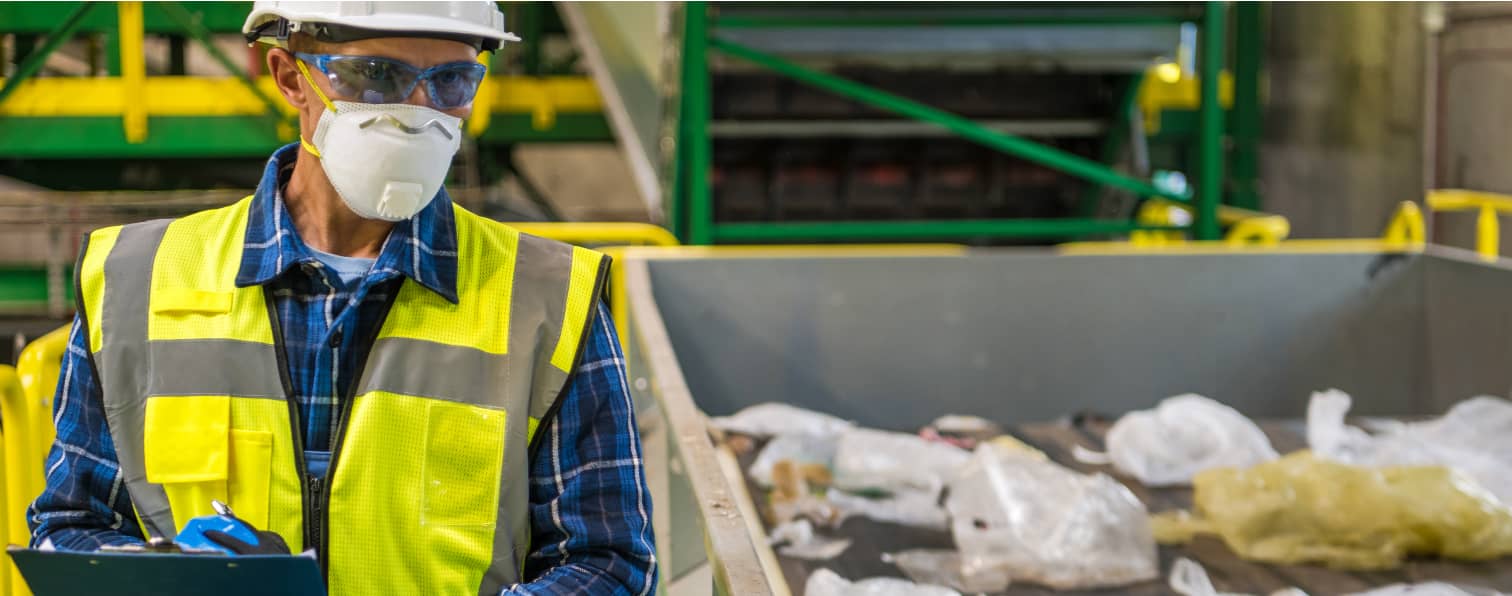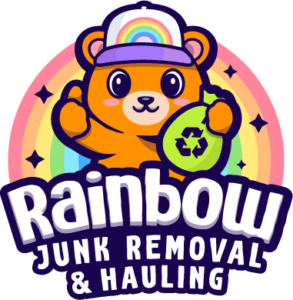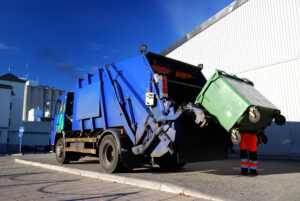
In an era where environmental consciousness is at the forefront of global conversations, the need for sustainable living practices has never been more pressing. One often overlooked aspect of this movement is junk removal – a process that, if not handled responsibly, can contribute to landfill overflow and pollution. In our quest for eco-friendliness, it’s imperative to explore innovative solutions for managing waste that align with our commitment to preserving the planet. Enter the realm of sustainable junk removal solutions, where traditional methods are being replaced with environmentally conscious alternatives. From recycling and upcycling to donation and composting, there exists a myriad of strategies to dispose of unwanted items without harming the environment. In this blog, we delve into the realm of eco-friendly junk removal, exploring creative approaches, highlighting success stories, and empowering readers to make responsible choices in their disposal practices. Join us as we embark on a journey towards a cleaner, greener future through sustainable living.
The Eco-Friendly Guide to Decluttering Your Home
In today’s fast-paced world, it’s easy to accumulate clutter in our homes without even realizing it. From old clothes and electronics to unused furniture and knick-knacks, our belongings can quickly pile up, leaving us feeling overwhelmed and disorganized. But what if there was a way to declutter our homes while also minimizing our environmental impact? Enter the eco-friendly guide to decluttering your home – a sustainable approach to clearing out unwanted items that prioritizes reducing waste, promoting reuse, and supporting environmental conservation efforts.
- Assess Your Belongings: The first step in any decluttering journey is to assess your belongings and determine what you truly need and use. Take inventory of each room in your home and identify items that no longer serve a purpose or bring you joy. Ask yourself: Have I used this item in the past year? Does it hold sentimental value? Is it still in good condition?
- Reduce, Reuse, Recycle: Once you’ve identified items to declutter, it’s time to decide their fate. When possible, prioritize the three R’s: Reduce, Reuse, Recycle. Reduce waste by minimizing the number of items sent to landfill. Reuse or repurpose items that are still in good condition but no longer serve their original purpose. And finally, recycle materials such as paper, glass, plastic, and metal according to your local recycling guidelines.
- Donate to Charity: One person’s trash is another person’s treasure. Consider donating gently used items to local charities, thrift stores, or shelters. Clothing, furniture, household goods, and electronics are often in high demand and can benefit those in need. Not only does donating help declutter your home, but it also supports community organizations and reduces waste.
- Host a Swap Party: Turn decluttering into a social event by hosting a swap party with friends, family, or neighbors. Invite guests to bring items they no longer want or need and encourage everyone to swap goods. This not only provides an opportunity to find new treasures but also promotes reuse and reduces consumption.
- Sell Unwanted Items: Turn your clutter into cash by selling unwanted items online or at a garage sale. Websites and apps like eBay, Craigslist, Facebook Marketplace, and Poshmark make it easy to reach potential buyers and earn some extra money while decluttering your home. Just be sure to price items competitively and accurately describe their condition.
Rethinking Waste Management for a Sustainable Future
In a world where resources are finite and environmental concerns are mounting, the concept of the circular economy has emerged as a promising solution for redefining waste management practices. Unlike the traditional linear economy, which follows a “take, make, dispose” model, the circular economy aims to keep resources in use for as long as possible, extracting maximum value and minimizing waste. In this blog post, we’ll delve into the principles of the circular economy and explore how rethinking waste management can pave the way for a more sustainable future.
Understanding the Circular Economy
The circular economy is founded on three key principles: designing out waste and pollution, keeping products and materials in use, and regenerating natural systems. At its core, the circular economy seeks to emulate the cyclical processes found in nature, where waste from one organism becomes nutrients for another. By closing the loop on resource consumption and waste generation, the circular economy offers a viable pathway towards sustainability.
Redefining Waste
In a circular economy, waste is not seen as a byproduct but as a potential resource. Through innovative design and manufacturing processes, products are designed to be easily disassembled, repaired, and recycled at the end of their life cycle. This shift from a linear to a circular approach encourages businesses and consumers to rethink the concept of waste and explore opportunities for reuse, refurbishment, and remanufacturing.
Implementing Circular Strategies
Embracing the circular economy requires collaboration across industries and sectors to redesign systems and infrastructure for greater efficiency and resource conservation. Companies can adopt circular business models such as product-as-a-service, sharing platforms, and closed-loop supply chains to minimize waste and maximize value. By prioritizing durability, recyclability, and longevity, businesses can reduce their environmental footprint while meeting consumer demand for sustainable products and services.
Scaling Up Circular Solutions
While the transition to a circular economy presents challenges, it also offers significant opportunities for innovation, job creation, and economic growth. Governments, businesses, and communities play crucial roles in driving the adoption of circular solutions through policy incentives, investment in research and development, and public awareness campaigns. By harnessing the power of technology, data analytics, and collaboration, we can accelerate the shift towards a circular economy on a global scale.
Benefits of the Circular Economy
The benefits of transitioning to a circular economy are manifold. By reducing dependence on finite resources, minimizing waste generation, and mitigating environmental pollution, the circular economy offers a pathway towards sustainable development and resilience. Additionally, embracing circular principles can lead to cost savings, improved resource efficiency, and enhanced competitiveness for businesses operating in an increasingly resource-constrained world.
Rainbow Junk Removal & Hauling San Francisco offers eco-friendly solutions for sustainable living, providing conscientious junk removal services that prioritize environmental preservation. With our commitment to responsible disposal practices and utilization of eco-friendly techniques, we strive to minimize waste and promote a healthier planet for future generations. By choosing our services, individuals not only contribute to the cleanliness of their surroundings but also support a greener approach to waste management in San Francisco, California, and beyond. Contact us at (877) 630-3422 to join our efforts towards a more sustainable future.




